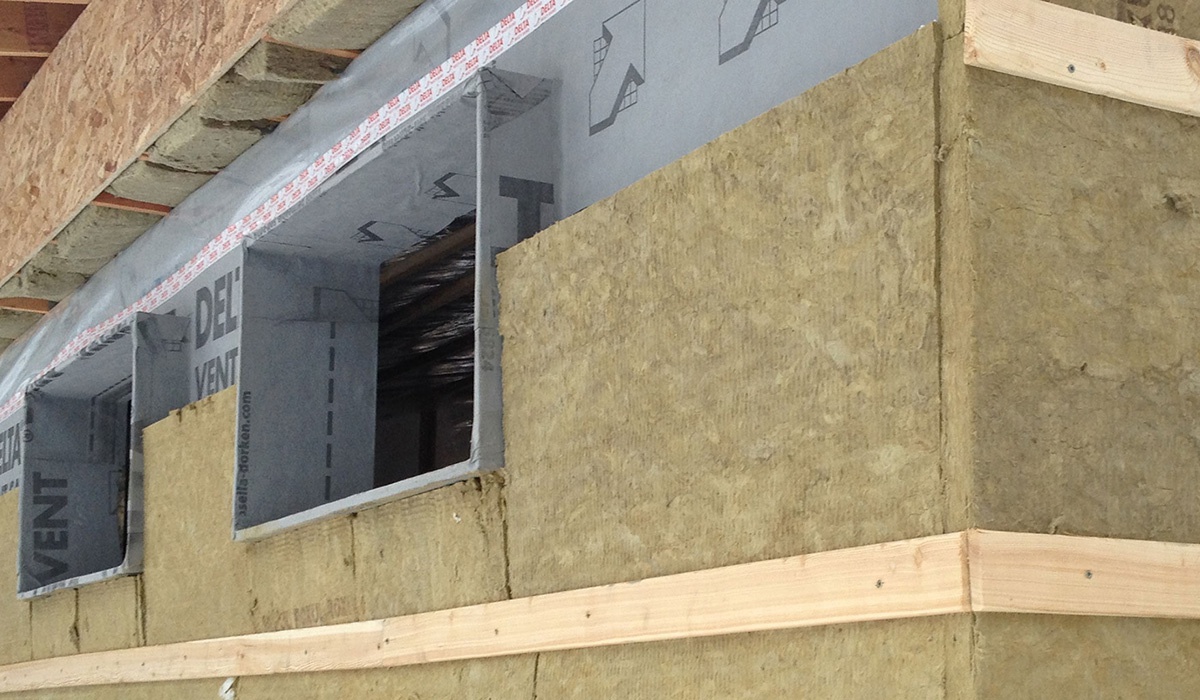

Articles
How Much Insulation Is Too Much
Modified: January 8, 2024
Find out how much insulation is too much with our informative articles. Learn about the benefits and potential drawbacks of excessive insulation.
(Many of the links in this article redirect to a specific reviewed product. Your purchase of these products through affiliate links helps to generate commission for Storables.com, at no extra cost. Learn more)
Introduction
Insulation plays a vital role in maintaining the comfort and efficiency of our homes. Whether it’s keeping the cold air out during winter or preventing the heat from seeping in during summer, insulation acts as a barrier to regulate the temperature inside our living spaces. But how much insulation is too much? Understanding the optimal level of insulation is essential to ensure energy efficiency, minimize heating and cooling costs, and create a comfortable environment inside our homes.
Proper insulation not only helps in temperature control but also reduces noise transmission, prevents the formation of condensation, and improves the overall energy efficiency of the home. However, insulating a home requires careful consideration of various factors, including the climate, building design, and the insulation materials used.
In this article, we will delve into the importance of insulation and the factors to consider when determining the appropriate insulation levels for your home. We will also explore the concept of insulation R-values, discuss potential issues with excessive insulation, and highlight the consequences of insufficient insulation. Additionally, we will provide recommended insulation levels for different climates and discuss various insulation options and materials available. Lastly, we will emphasize the importance of proper installation and maintenance of insulation for optimal performance.
So, if you’re wondering how much insulation is too much and want to ensure your home is well-insulated, read on. We will guide you through the essentials to help you make informed decisions and create a cozy and energy-efficient living environment in your home.
Key Takeaways:
- Proper insulation is crucial for energy efficiency, comfort, and health. Understanding R-values, climate considerations, and maintenance is key to achieving a well-insulated and sustainable home.
- Striking the right balance is essential when it comes to insulation. Avoiding excessive insulation while meeting recommended levels for different climates ensures energy efficiency, comfort, and cost savings.
Read more: How Much Is Fiberglass Insulation
Importance of Insulation
Insulation is a critical component of any home or building as it plays a crucial role in maintaining a comfortable indoor environment. It acts as a barrier, reducing the transfer of heat between the interior and exterior of a structure. The importance of insulation cannot be overstated, and here are a few key reasons why it is vital:
- Energy Efficiency: Insulation helps to minimize heat transfer through the walls, roof, and floors of a building. By reducing the amount of heat that enters or escapes from a structure, insulation helps to maintain a stable indoor temperature. This, in turn, reduces the demand for heating and cooling systems and lowers energy consumption, leading to significant cost savings on utility bills.
- Comfort: Proper insulation enhances the comfort levels inside a home by creating a more consistent and pleasant indoor environment. It prevents drafts and eliminates cold spots, ensuring that your living space remains cozy during winter and comfortably cool during summer. Insulation also helps to reduce noise transmission from the outside, creating a quieter and more peaceful living environment.
- Health and Safety: Insulation is not only beneficial for temperature control but also for maintaining a healthy indoor environment. It helps to prevent the formation of condensation, which can lead to mold growth and health issues. Effective insulation also acts as a fire retardant, providing an additional layer of safety by slowing down the spread of flames in case of a fire.
- Environmental Impact: By reducing energy consumption, insulation contributes to a more sustainable and eco-friendly lifestyle. When we reduce our reliance on heating and cooling systems, we decrease the demand for fossil fuels, thereby reducing greenhouse gas emissions and environmental impact.
Considering the various benefits that insulation offers, it is clear that investing in quality insulation is a wise decision. It not only makes your home more comfortable but also helps to save money on energy bills and reduces your carbon footprint. When it comes to insulation, striking the right balance is key. It is important to have adequate insulation in your home, but knowing how much insulation is too much or too little requires careful consideration of several factors, which we will discuss in the following sections.
Factors to Consider When Determining Insulation Levels
When determining the appropriate insulation levels for your home, there are several key factors to take into consideration. These factors will help you determine the optimal insulation levels to achieve maximum energy efficiency and comfort. Let’s explore these factors:
- Climate: The climate of your region is a crucial factor in determining insulation levels. Areas with colder climates will require higher levels of insulation to keep the heat inside and the cold air out during winter. Conversely, regions with hot climates will require insulation that helps keep the heat out and the cool air inside. Understanding your climate will guide you in choosing the appropriate insulation materials and R-values.
- Building Design: The design of your home, including its size, layout, and construction materials, will impact the insulation requirements. Different areas of your home, such as walls, roof, and floors, may have varying insulation needs. Pay attention to areas prone to air leakage, such as windows, doors, and attics, as proper insulation can help minimize drafts and energy loss.
- Usage Patterns: Consider how you use different areas of your home. If certain rooms are used more frequently or require specific temperature control, such as a home office or a nursery, you might want to prioritize insulation in those areas. Understanding your usage patterns will help you prioritize insulation resources and properly allocate them throughout your home.
- Insulation Materials: There are various insulation materials available, each with its own thermal properties and cost considerations. Common types include fiberglass batts, cellulose, spray foam, and rigid foam boards. Determine which materials align with your insulation goals and budget. Consulting with a professional can help you make informed decisions based on the specific characteristics of each material.
- Budget: Your budget will play a role in determining the extent and quality of insulation you can install. While it is important not to skimp on insulation, there are cost-effective options available that can still provide adequate thermal resistance. Consider long-term savings on energy bills and the potential return on investment when making decisions about your insulation budget.
By taking these factors into account, you can determine the appropriate insulation levels for your home. It is important to strike a balance between energy efficiency, comfort, and budget considerations. Consulting with insulation professionals or energy auditors can also provide valuable insights and recommendations tailored to your specific home and circumstances.
Understanding Insulation R-values
When it comes to insulation, understanding R-values is crucial. R-value is a measure of thermal resistance, indicating how well a material can resist heat flow. The higher the R-value, the better the insulation’s ability to resist heat transfer. Here’s what you need to know about understanding insulation R-values:
R-values and Energy Efficiency: R-values directly impact the energy efficiency of your home. The higher the insulation’s R-value, the less heat can pass through it, resulting in reduced energy consumption for heating and cooling. Insulation with higher R-values helps maintain a more consistent indoor temperature and reduces the workload on HVAC systems, ultimately leading to lower energy bills and increased comfort.
R-value Recommendations: Recommended R-values vary depending on the climate zone you reside in. The U.S. Department of Energy provides guidelines that categorize different regions into climate zones, each with its corresponding recommended R-values for different areas of the home, such as walls, roofs, and floors. Understanding your climate zone and the recommended R-values will help you determine the appropriate insulation levels for your specific region.
Varying R-values by Material: Different insulation materials have varying R-values. For example, fiberglass batts typically have an R-value ranging from 2.9 to 4.3 per inch of thickness, while spray foam insulation can have R-values exceeding 6 per inch. It’s important to consider both the desired R-value and the available space for insulation when selecting a material, as some materials may require thicker applications to achieve the desired level of thermal resistance.
Cumulative R-values: Insulation in the various areas of your home can work together cumulatively to improve overall thermal resistance. For example, if you have insulation with an R-value of 30 in the attic and an R-value of 20 in the walls, the overall thermal resistance will be a combination of these values. Consulting with insulation professionals can help you calculate the cumulative R-values and ensure that your home meets the recommended standards for optimal energy efficiency.
Limitations of R-values: While R-values provide a useful indication of a material’s thermal resistance, it’s important to note that they do not account for factors like air leakage, moisture resistance, or thermal bridging. These factors can significantly impact a building’s energy efficiency and comfort levels. Therefore, it’s essential to consider other aspects of insulation performance, such as proper installation techniques and the use of air barriers, to ensure optimal insulation effectiveness.
Understanding insulation R-values is key to choosing the right insulation materials and achieving the desired thermal performance for your home. By selecting insulation with appropriate R-values based on your climate zone and specific needs, you can create a comfortable, energy-efficient living space and minimize your environmental footprint.
Potential Issues with Excessive Insulation
Insulation is crucial for maintaining a comfortable and energy-efficient home, but it is important to strike the right balance. While inadequate insulation can result in energy loss and discomfort, excessive insulation can also lead to potential issues. Here are some potential issues homeowners may encounter with excessive insulation:
- Moisture Buildup: Excessive insulation can trap moisture inside the walls or attic, leading to condensation and potential water damage. This is particularly a concern in areas with high humidity levels. Proper ventilation, vapour barriers, and moisture control measures should be implemented to prevent moisture buildup and ensure a healthy indoor environment.
- Poor Indoor Air Quality: Insufficient air circulation due to excessive insulation can result in poor indoor air quality. Without proper ventilation, indoor air pollutants such as volatile organic compounds (VOCs) and allergens may accumulate, posing health risks to occupants. It is essential to strike a balance between insulation levels and ensuring adequate ventilation to maintain good air quality.
- Overheating in Summer: Excessive insulation without proper ventilation in warmer climates may lead to overheating during summer months. Without an escape route for accumulated heat, the home can become uncomfortable and require excessive use of cooling systems. It is important to consider both insulation and ventilation strategies to maintain a balanced indoor temperature year-round.
- Increased Construction Costs: Adding excessive insulation beyond what is recommended can lead to unnecessary expenses during construction or renovation. The cost of additional insulation materials, installation, and potential structural modifications can significantly increase the project’s overall budget. It is important to consult with professionals and adhere to recommended insulation levels to avoid unnecessary costs.
- Diminished Interior Space: Installing excessive insulation can reduce the usable interior space of a home. In some cases, thick insulation materials may require additional framing or room adjustments, resulting in decreased living space. It is crucial to consider space limitations and balance insulation requirements with livable square footage.
While insulation is essential for energy efficiency and comfort, it is important to avoid going overboard and aim for a balanced approach. By adhering to recommended insulation levels, ensuring proper ventilation, and implementing moisture control measures, you can avoid potential issues associated with excessive insulation while still reaping the benefits of a well-insulated home.
When adding insulation, be mindful of the recommended R-value for your area. Adding too much insulation can lead to moisture problems and decreased effectiveness. Check local building codes for guidance.
Read more: What To Do With Too Much Thyme
Consequences of Insufficient Insulation
Insufficient insulation can have significant consequences for your home’s energy efficiency, comfort, and overall wellbeing. Here are some of the key consequences of having inadequate insulation:
- Increased Energy Consumption: Without proper insulation, a significant amount of heat can escape during winter, requiring more energy to keep your home warm. Likewise, during summer, lack of insulation allows heat to enter, resulting in increased energy consumption for cooling. This can lead to higher energy bills and a less sustainable home.
- Uneven Temperature Distribution: Insufficient insulation can result in uneven temperature distribution throughout your home. Cold spots in winter and hot spots in summer may be present, making certain areas uncomfortable or challenging to regulate. This can disrupt your everyday activities and impact your overall comfort.
- Increased HVAC Wear and Tear: Inadequate insulation forces heating and cooling systems to work harder to maintain desired temperatures. This places a greater strain on the HVAC (Heating, Ventilation, and Air Conditioning) systems and can lead to more frequent breakdowns, reduced lifespan, and higher maintenance costs.
- Poor Indoor Air Quality: Insufficient insulation can result in air leakage, allowing outdoor pollutants, dust, and allergens to enter your home. This can lead to compromised indoor air quality, triggering allergies, respiratory issues, and other health problems. Proper insulation helps create a barrier against outdoor pollutants, improving the overall health and comfort of your living environment.
- Condensation and Mold Growth: In colder climates, inadequate insulation can lead to condensation, particularly around windows and walls. The presence of moisture provides an ideal breeding ground for mold and mildew, which can damage your home’s structure and pose health risks to you and your family.
Insufficient insulation not only negatively impacts your home’s energy efficiency and comfort but also affects your overall wellbeing. It is essential to ensure that your home is adequately insulated to avoid these consequences. By investing in proper insulation, you can achieve a more energy-efficient, comfortable, and healthier living space while reducing your environmental footprint.
Recommended Insulation Levels for Different Climates
The appropriate insulation levels can vary depending on the climate you live in. To ensure optimal energy efficiency and comfort, it is essential to consider the following recommended insulation levels for different climates:
Cold Climates:
- Attic: Recommended insulation levels in cold climates for attics typically range from R-49 to R-60. This ensures sufficient thermal resistance to prevent heat loss through the roof.
- Walls: In cold climates, walls should have insulation levels ranging from R-13 to R-21, depending on the type of construction and available space.
- Floors: Insulation levels for floors in cold climates should be at least R-25, especially if the floor is above an unheated space like a garage or basement.
Moderate Climates:
- Attic: In moderate climates, recommended insulation levels for attics range from R-38 to R-49, depending on the local climate conditions.
- Walls: Insulation levels for walls in moderate climates typically range from R-13 to R-15, although higher values may be recommended in colder regions within the climate zone.
- Floors: Floors in moderate climates should have insulation levels ranging from R-13 to R-25, depending on the specific requirements and conditions of the home.
Hot Climates:
- Attic: In hot climates, recommended insulation levels for attics range from R-30 to R-49, considering the need to reduce heat gain from the roof.
- Walls: Insulation levels for walls in hot climates typically range from R-13 to R-19, depending on the specific conditions and construction practices of the region.
- Floors: Floors in hot climates should have insulation levels ranging from R-13 to R-25, considering the need to minimize heat transfer from the ground.
It’s important to note that these are general recommendations, and specific requirements may vary depending on factors such as individual climate zones, construction practices, and building codes in your area. Consulting with local building professionals or insulation experts can help determine the most appropriate insulation levels for your specific location.
By following these recommended insulation levels based on your climate, you can enhance energy efficiency, maintain optimum comfort, and reduce your reliance on heating and cooling systems, leading to cost savings and a more sustainable home.
Insulation Options and Materials
When it comes to insulation, there are various options and materials available, each with its own unique characteristics and benefits. Understanding the different insulation options can help you make informed decisions regarding the most suitable choice for your home. Here are some common insulation materials:
- Fiberglass: Fiberglass insulation is one of the most widely used and cost-effective insulation materials. It consists of tiny glass fibers that trap air and provide thermal resistance. Fiberglass batts or rolls are commonly used in walls, attics, and floors. They are easy to install and provide good resistance to heat transfer.
- Cellulose: Cellulose insulation is made from recycled newspaper and treated with fire-retardant chemicals. It is an eco-friendly option with excellent thermal performance. Cellulose insulation is often blown into attics and wall cavities, filling gaps and creating an effective barrier against heat transfer.
- Spray Foam: Spray foam insulation is a versatile option that expands after application, creating a tight seal and superior thermal barrier. It can be used in various areas, including walls, attics, and crawlspaces. Spray foam insulation provides high R-values and helps minimize air leakage, making it an excellent choice for energy efficiency and air sealing.
- Rigid Foam Boards: Rigid foam insulation boards are lightweight and dense, offering high thermal resistance. They are available in different types, including expanded polystyrene (EPS), extruded polystyrene (XPS), and polyisocyanurate (polyiso). Rigid foam boards are commonly used to insulate foundations, walls, and roofs, providing excellent moisture resistance and insulation capabilities.
- Mineral Wool: Mineral wool insulation, also known as rock wool or slag wool, is made from natural minerals, including volcanic rock and steel slag. It is fire-resistant and provides good soundproofing properties. Mineral wool insulation is available as batts, boards, or loose-fill, making it suitable for various applications, including walls, ceilings, and roofs.
- Natural Fibers: Natural fiber insulation materials, such as cotton, sheep’s wool, and hemp, offer renewable and environmentally friendly options. These materials are often used as batts or loose-fill insulation and provide good thermal performance. Natural fiber insulation is an attractive choice for those seeking sustainable and non-toxic options.
- Air-Reflective Insulation: Air-reflective insulation consists of a thin, reflective material that reflects radiant heat rather than absorbing it. It is often used in combination with other insulation materials to enhance energy efficiency by reducing heat gain or loss through radiation.
It’s important to choose an insulation material that aligns with your specific needs, climate, budget, and installation requirements. Each material has its own advantages and considerations, so consulting with professionals can help you navigate the options and select the most suitable insulation material for your home.
Remember, proper installation is crucial for insulation effectiveness. Inadequate installation can diminish the thermal performance of even the best insulation material. It’s recommended to consult insulation professionals or follow manufacturer guidelines to ensure proper installation techniques are employed.
Proper Installation and Maintenance of Insulation
Proper installation and maintenance of insulation are essential for maximizing its effectiveness and ensuring long-term energy efficiency in your home. Here are some important considerations to keep in mind:
- Professional Installation: While some homeowners may opt for DIY insulation installation, it is often best to hire a professional insulation contractor. Professionals have the necessary expertise and tools to install insulation correctly, ensuring a proper fit, complete coverage, and effective sealing of any gaps or air leaks. This can result in optimal thermal performance and energy efficiency.
- Avoid Compression: It is important not to compress insulation material during installation. Properly installed insulation should fill the entire cavity without being squished or compacted. Compression reduces the material’s insulation value and can create gaps that allow heat transfer.
- Seal Air Leaks: Insulation works best when air leaks are minimized. Seal any gaps, cracks, or penetrations in the building envelope with caulk, weatherstripping, or spray foam to prevent air infiltration. This will enhance the insulation’s performance and reduce energy waste.
- Maintain Vapor Retarders: Vapor retarders, such as plastic sheeting or foil-faced insulation, help control moisture diffusion. Ensure any vapor retarders are properly installed, maintained, and not damaged during insulation installation. This prevents moisture buildup, condensation, and potential issues with mold or rot.
- Monitor Insulation Performance: Regularly inspect your insulation to ensure it remains intact and undamaged. Check for any signs of moisture intrusion, pest infestation, or damage that can impair its effectiveness. Promptly address any issues by repairing or replacing damaged insulation to maintain optimal energy efficiency.
- Consider Air Flow and Ventilation: Proper air flow and ventilation are crucial for maintaining a healthy indoor environment. Ensure insulation materials do not block vents or exhaust fans, as this can lead to moisture problems and poor air quality. Consult with professionals to develop a proper ventilation plan alongside insulation installation.
- Upgrade when Needed: Over time, insulation materials may degrade, settle, or become less effective. If you notice a significant decrease in energy efficiency or comfort, consider upgrading or adding insulation as necessary. Regularly assess your home’s insulation needs, especially during major renovations or roof replacements.
Remember, the specific installation and maintenance requirements can vary depending on the insulation materials used and your home’s unique characteristics. It’s always a good idea to consult with insulation professionals or follow the manufacturer’s guidelines for proper installation and maintenance practices specific to your insulation type.
By prioritizing proper insulation installation and regular maintenance, you can optimize energy efficiency, maintain a comfortable indoor environment, and extend the lifespan of your insulation, ensuring long-term benefits for your home and family.
Read more: How To Organize A Room With Too Much Stuff
Conclusion
Insulation is an integral component of any home, offering numerous benefits ranging from energy efficiency to increased comfort. Understanding the appropriate insulation levels for your specific climate, considering factors like building design and usage patterns, and selecting the right insulation materials are essential for achieving optimal results.
While excessive insulation can lead to issues such as moisture buildup and poor air circulation, insufficient insulation can result in energy loss, discomfort, and compromised indoor air quality. Striking the right balance is crucial to ensure a well-insulated and energy-efficient home.
By following recommended insulation levels for different climates, you can improve energy efficiency, maintain consistent indoor temperatures, and reduce your environmental impact. Additionally, proper installation techniques, avoiding compression, sealing air leaks, and ensuring adequate ventilation contribute to the effectiveness of insulation.
Regular maintenance and monitoring of insulation are essential. Inspecting for damage, addressing any issues promptly, and considering upgrades or additions when needed will help maintain peak performance and prolong the lifespan of your insulation.
Overall, investing in quality insulation and implementing proper installation and maintenance practices have long-term benefits. From lower energy bills and improved indoor air quality to increased comfort and reduced environmental impact, a well-insulated home provides both financial and environmental advantages.
Remember, consulting with insulation professionals can provide valuable insights and guidance tailored to your specific home and needs. By prioritizing insulation and taking these steps, you can create a comfortable, energy-efficient, and sustainable living environment for years to come.
Frequently Asked Questions about How Much Insulation Is Too Much
Was this page helpful?
At Storables.com, we guarantee accurate and reliable information. Our content, validated by Expert Board Contributors, is crafted following stringent Editorial Policies. We're committed to providing you with well-researched, expert-backed insights for all your informational needs.
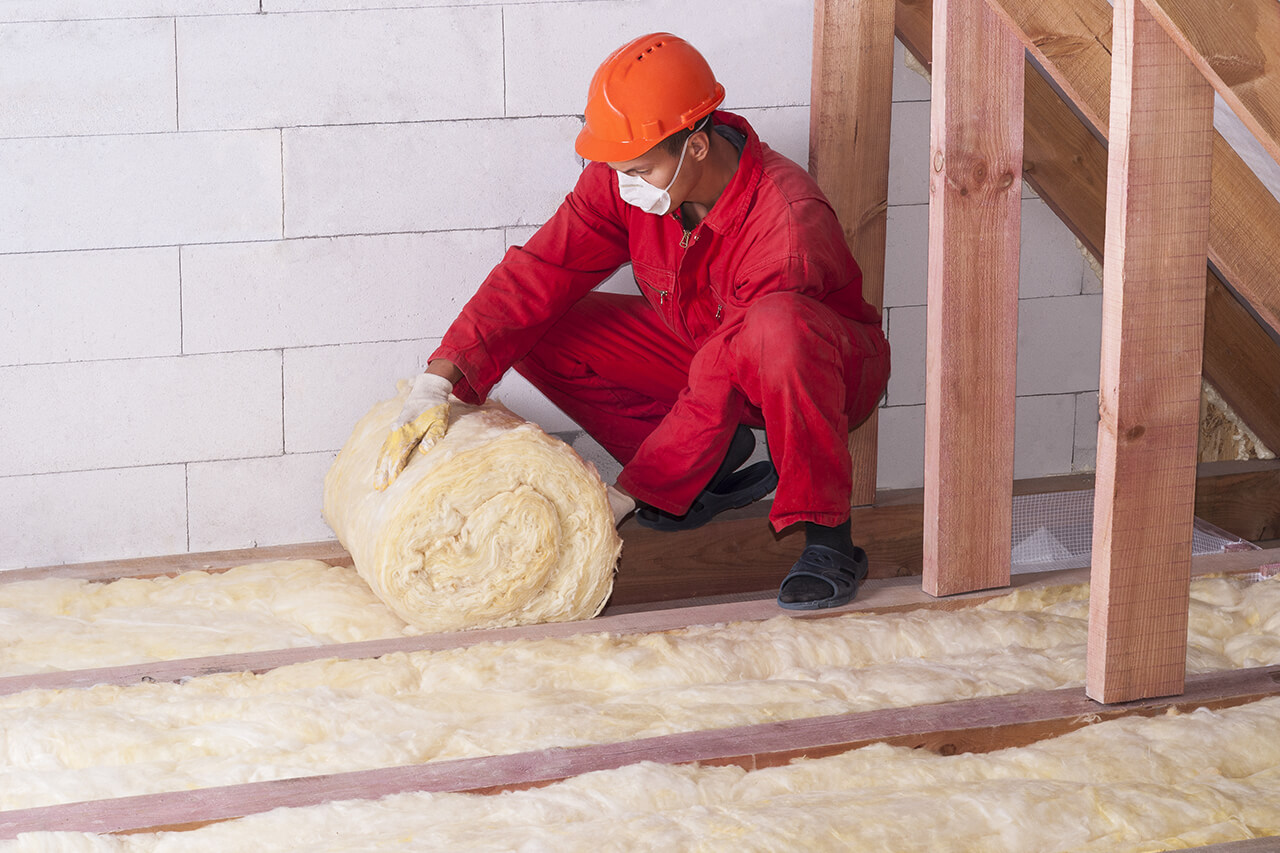
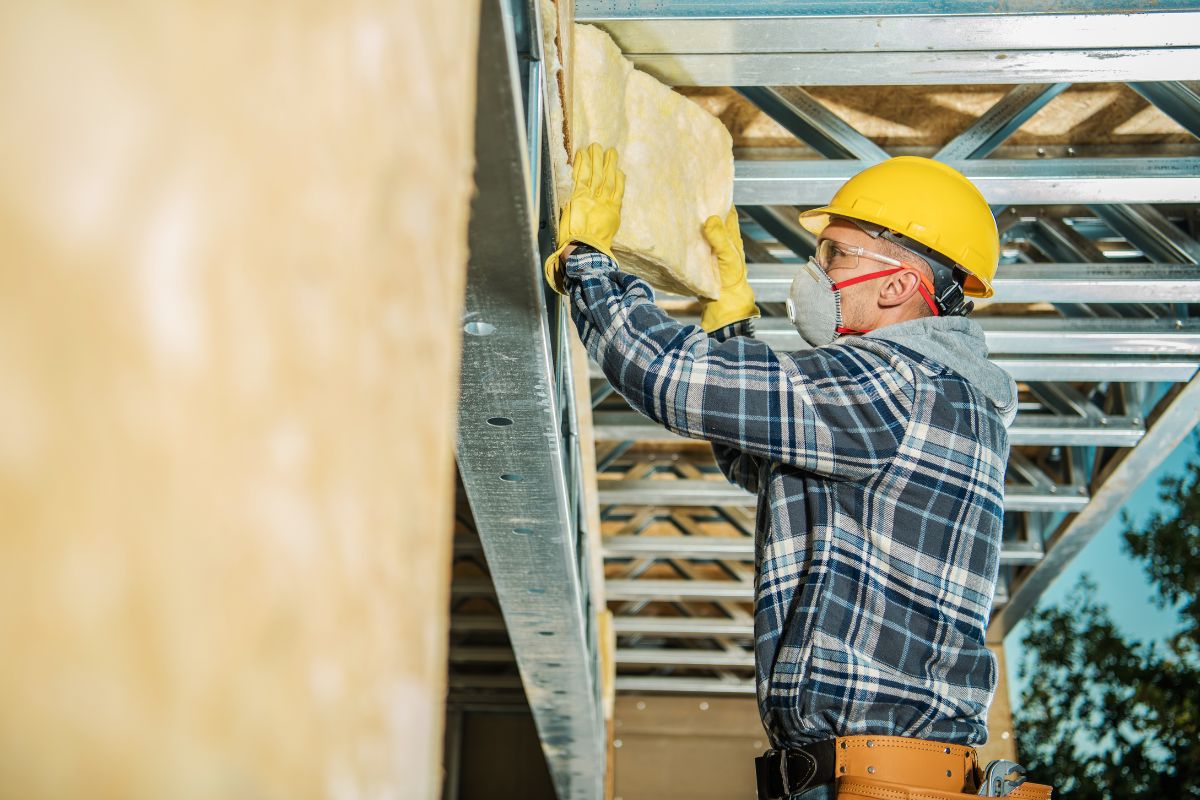
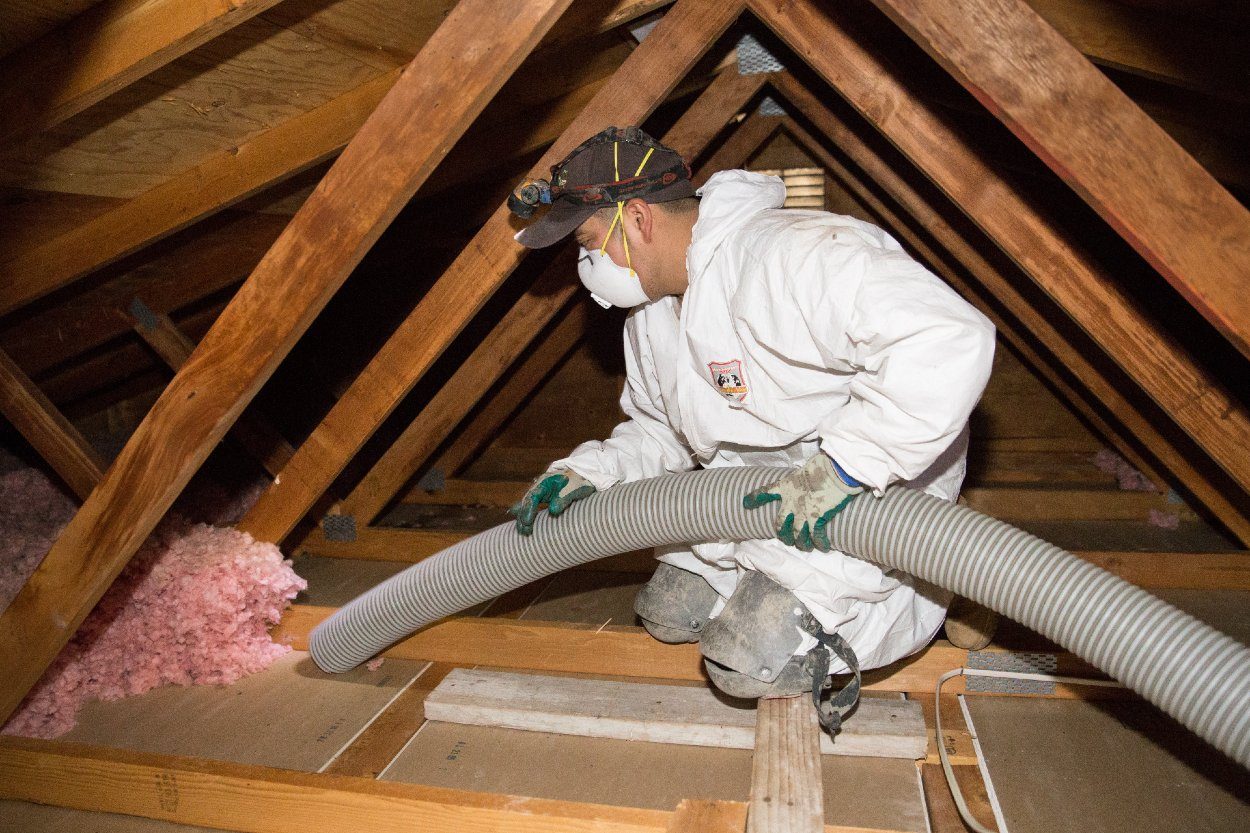
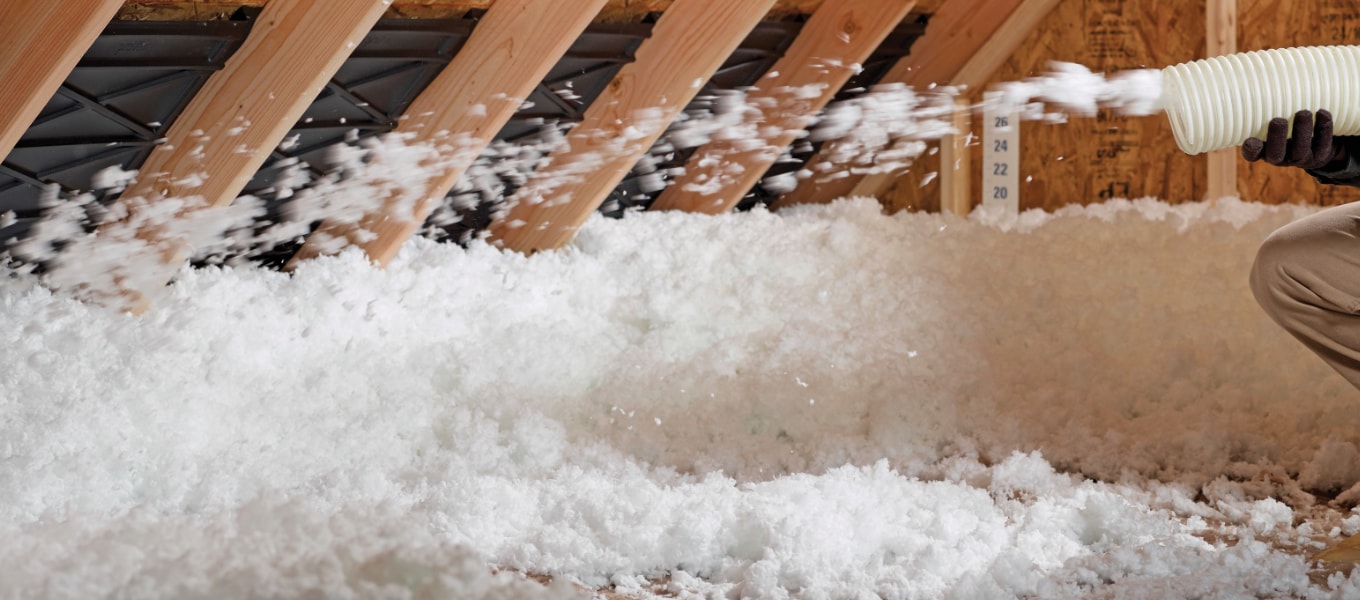


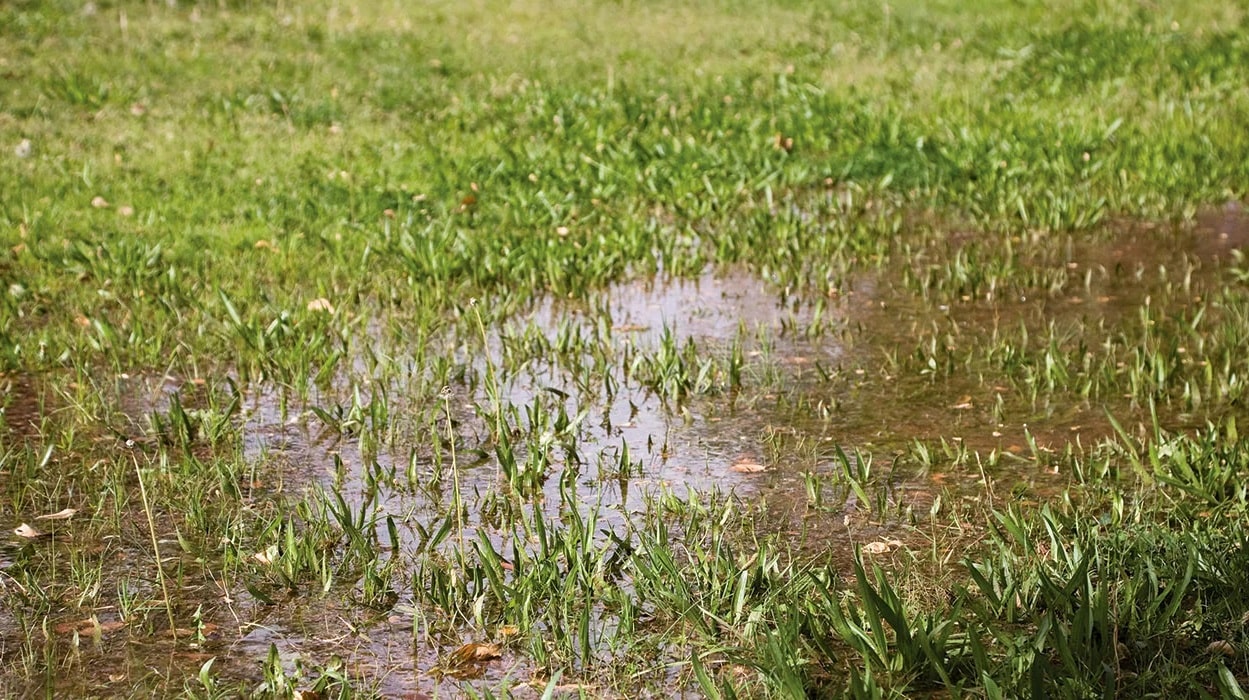

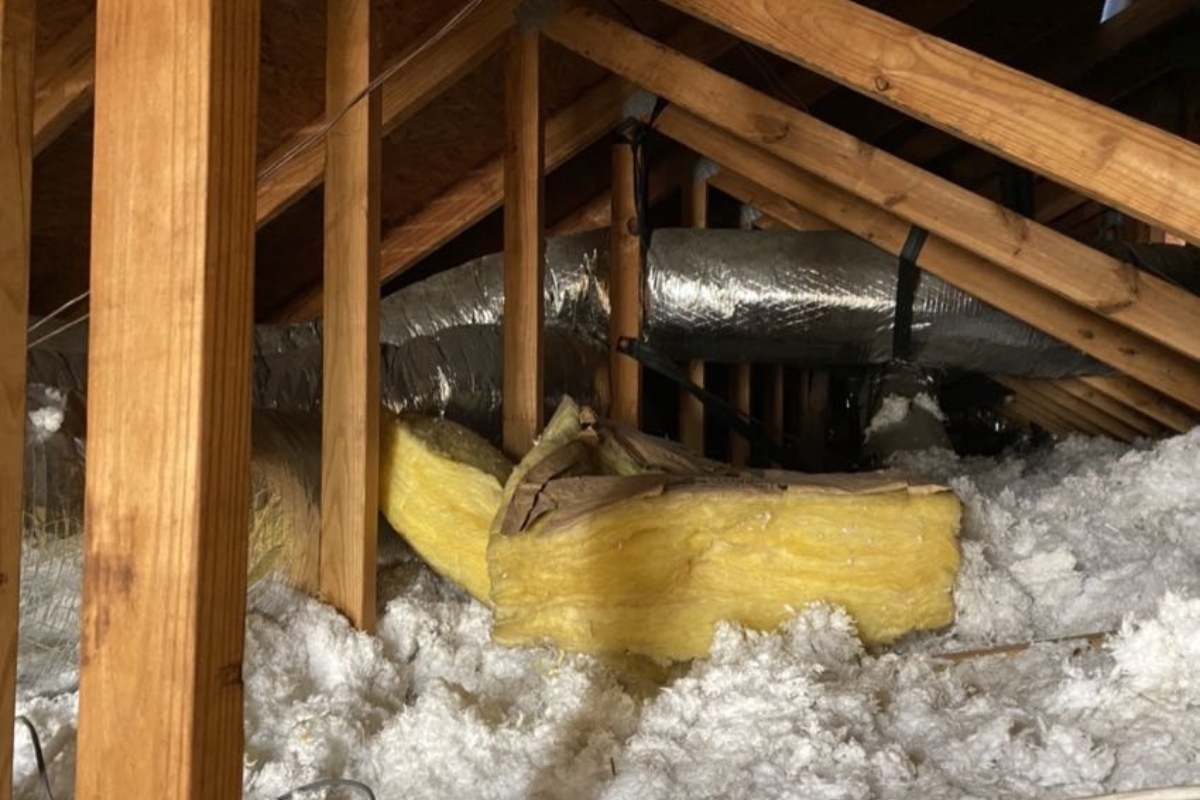
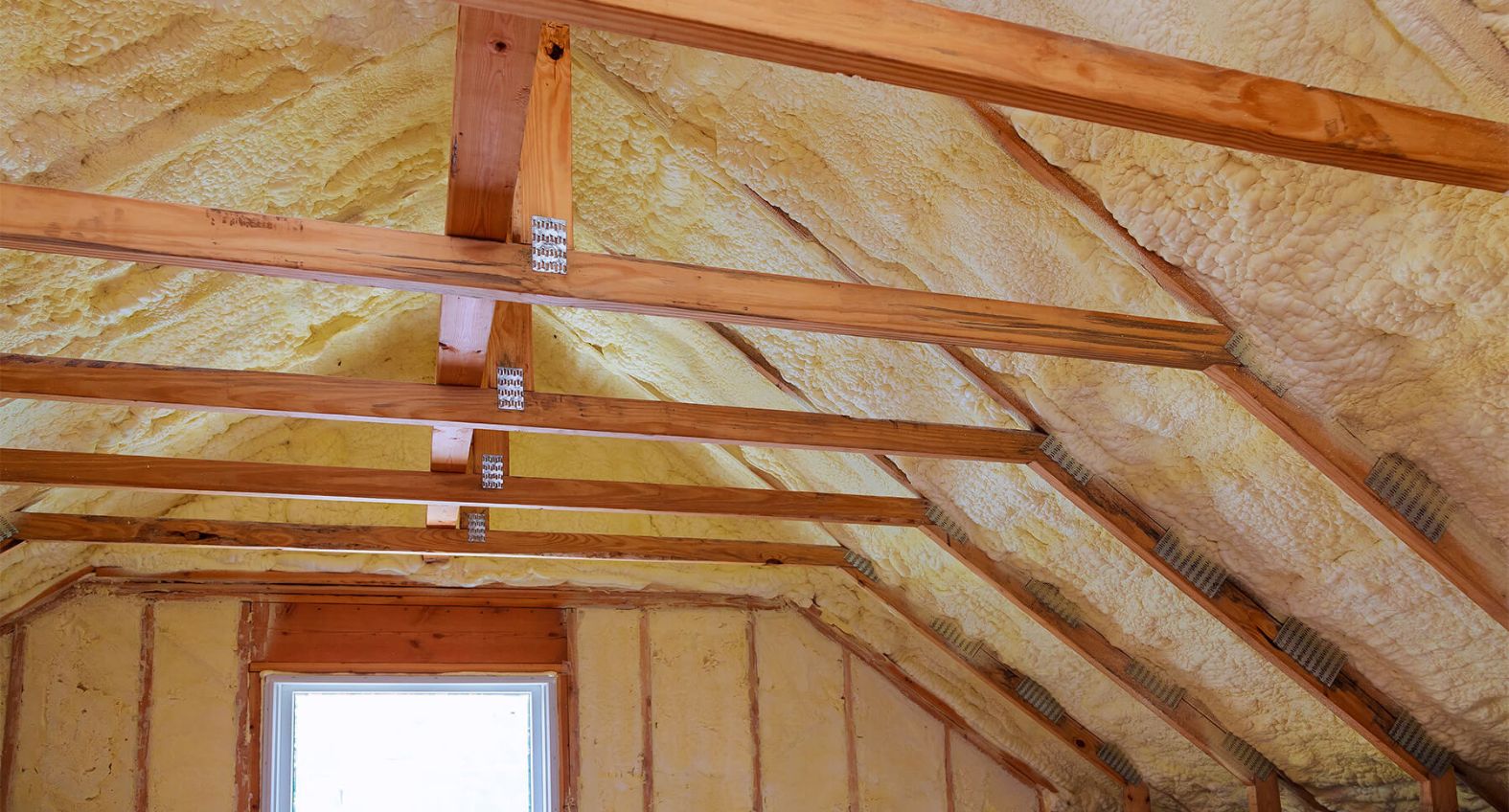
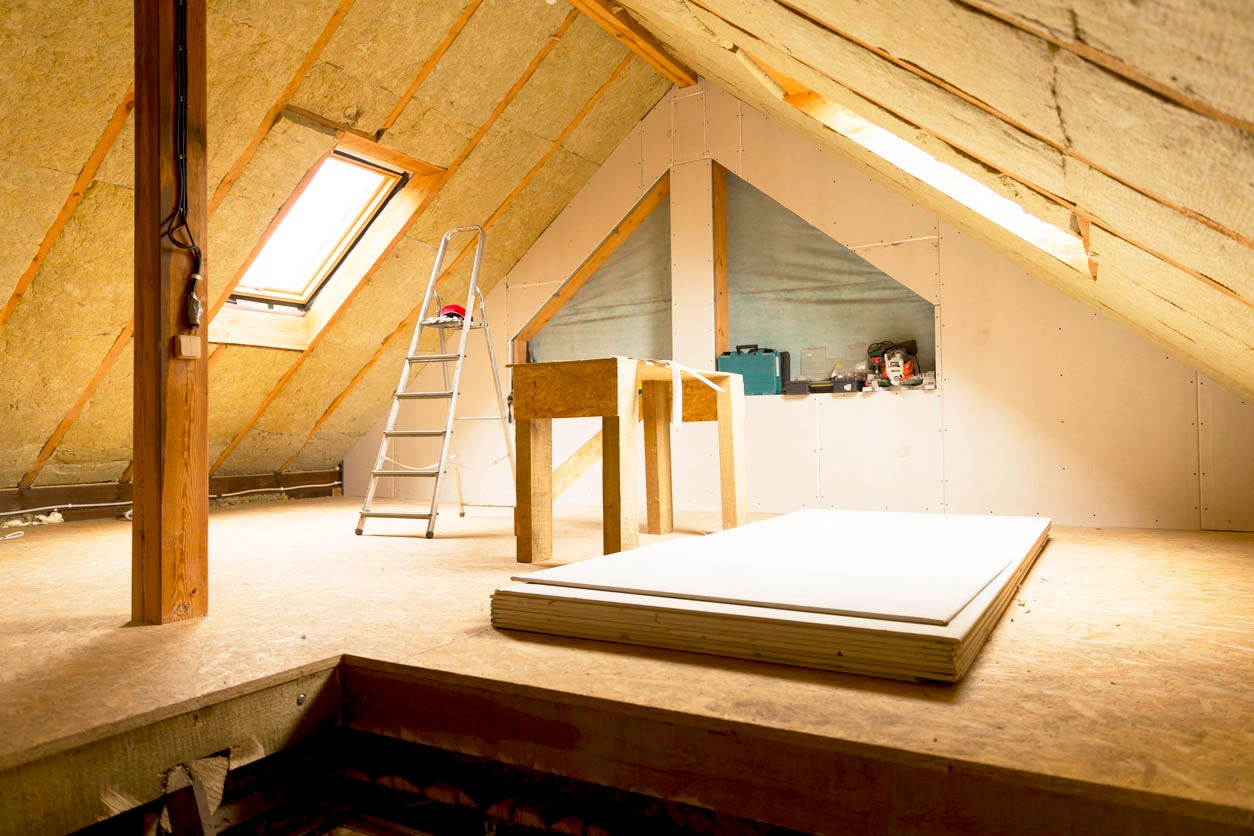
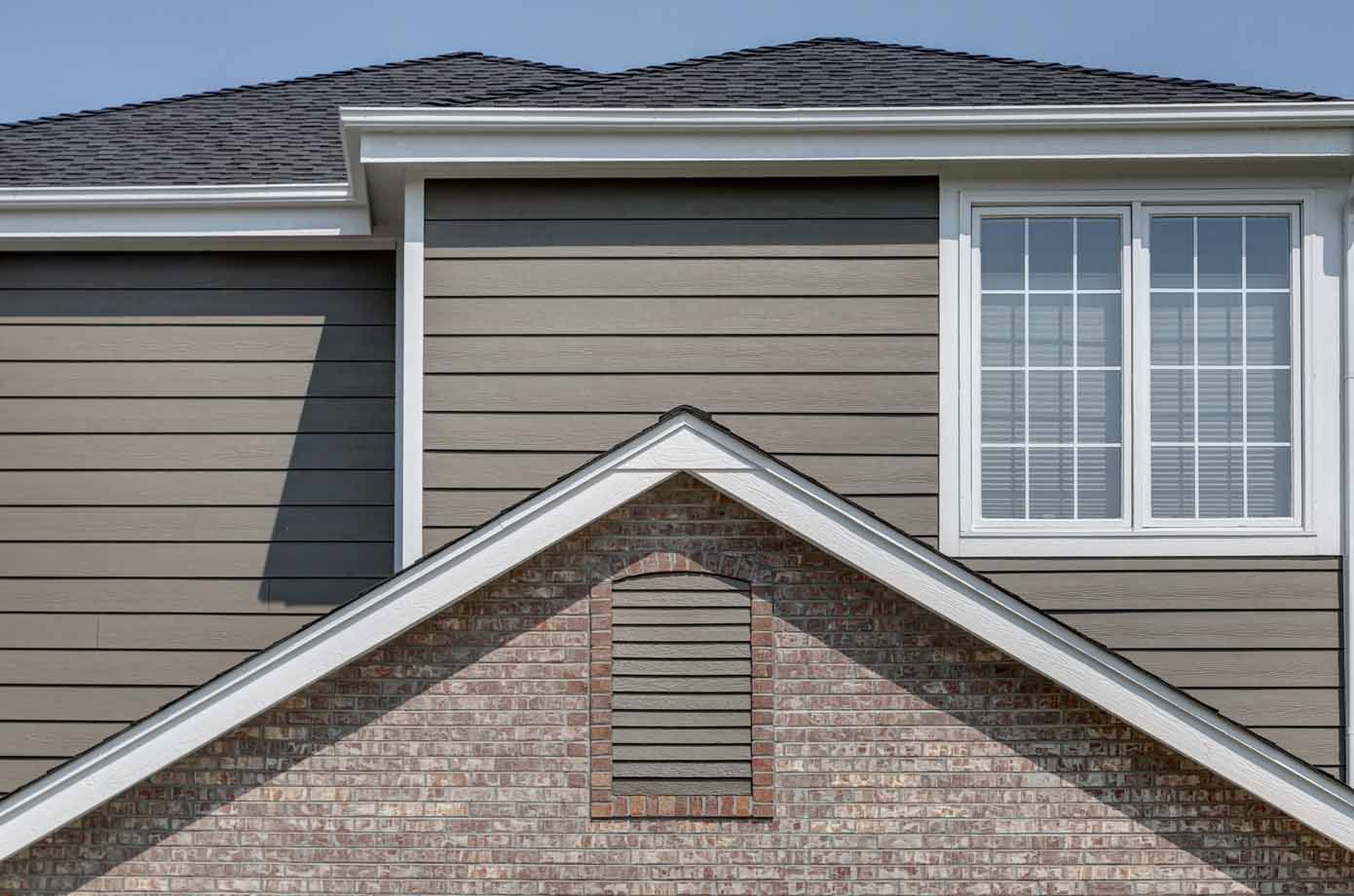
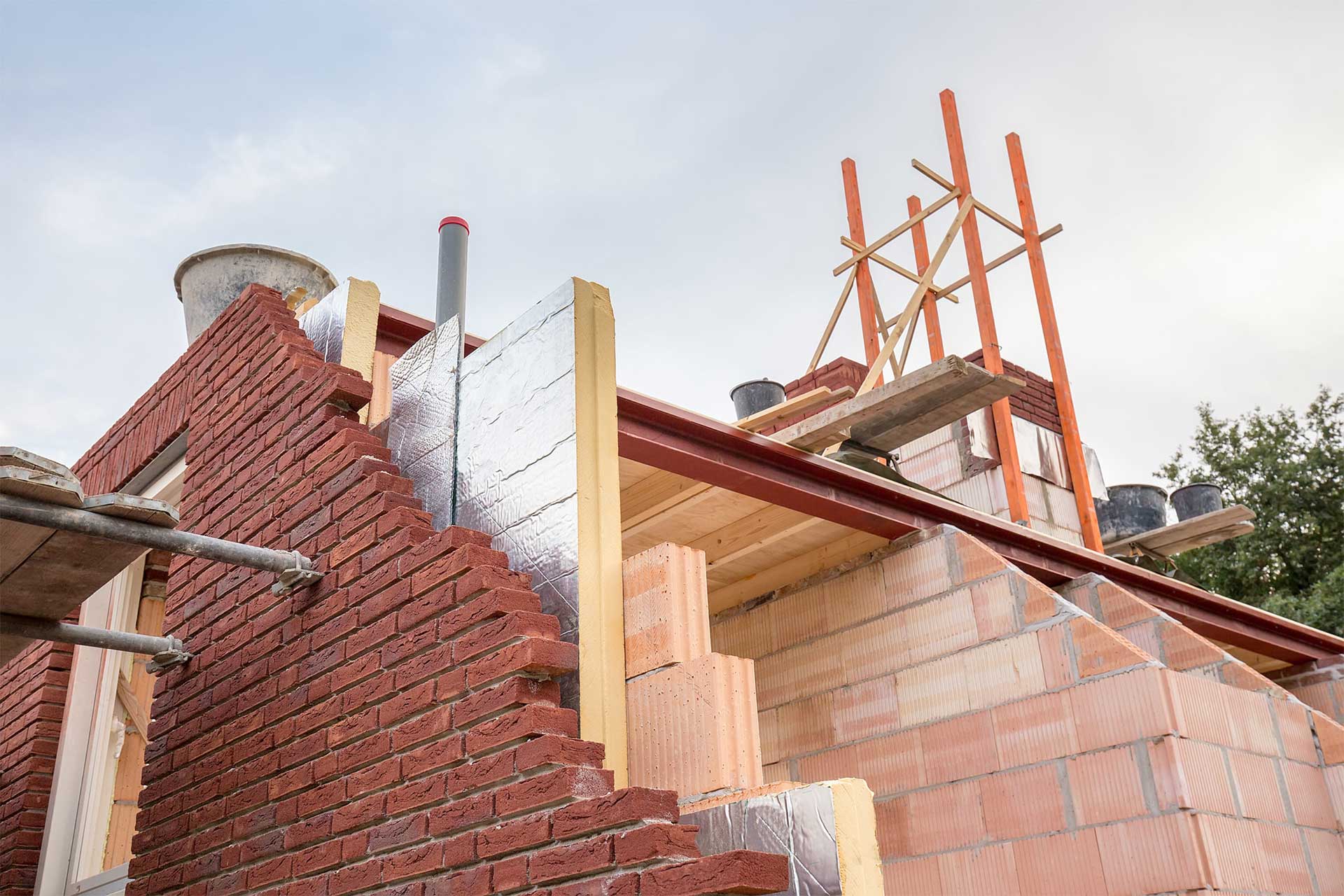

0 thoughts on “How Much Insulation Is Too Much”